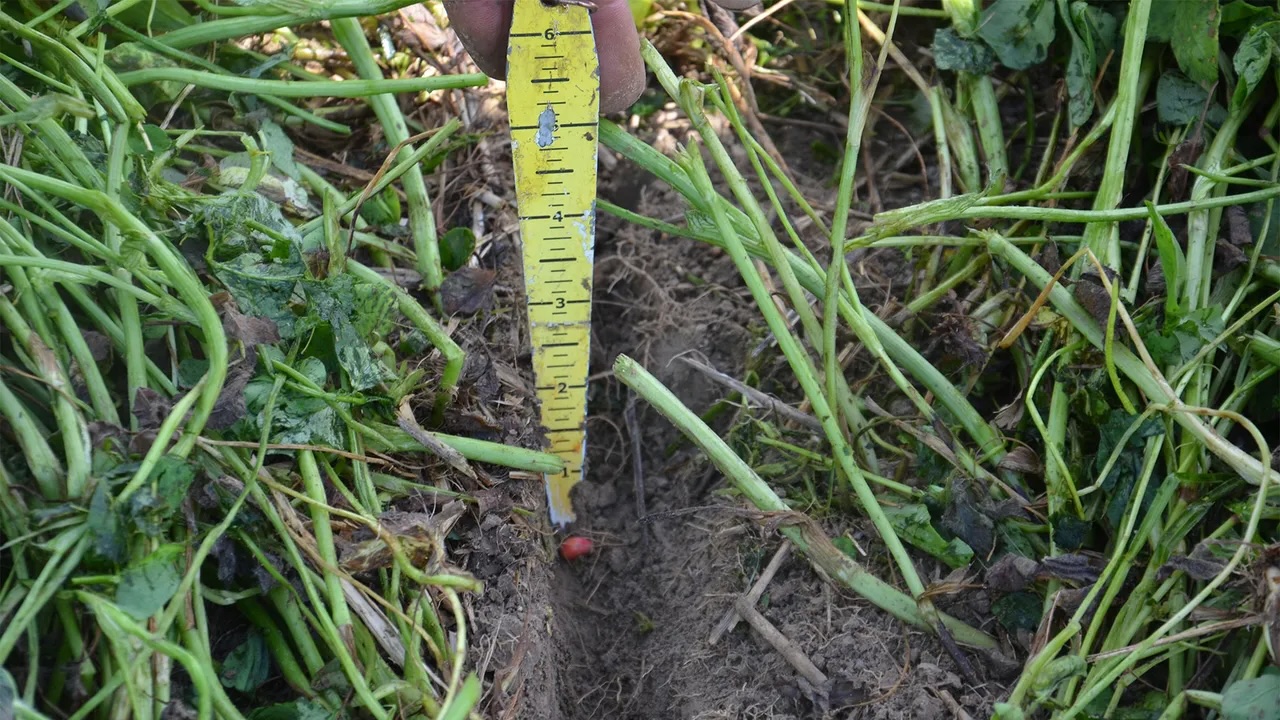Find optimum corn seeding rate for your farm

Purdue University Extension data says a corn population of 28,000 is enough, so I’m only planting 30,000 seeds per acre, and maybe less, if conditions are good. Do you see any fault in my thinking?
The Indiana certified crop adviser panel answering this question includes Gene Flaningam, agronomist with Flaningam Ag Consulting LLC, Vincennes; Troy Jenkins, agronomist with Ceres Solutions and 2022 CCA of the Year; Greg Kneubuhler, agronomist with G&K Concepts Inc., Harlan; and Dan Quinn, Purdue Extension corn specialist.
Flaningam: Corn seeding rates will depend on the hybrid’s ability to flex ear size and soil productivity. We generally use higher seeding rates on higher productive soils vs. lower seeding rates on marginal soils. Ask your seed dealer about optimal seeding rate for each hybrid on each field. Corn seeding rates can vary according to management zones within a field. Do some experiments if you can vary seeding rates. Technology can be a great tool for research.
Jenkins: Purdue has consistently shown final plant populations of around 32,000 have the highest agronomic optimum seeding rate. That said, over the last few years a 27,500-plant final stand has had the highest economic optimum return. Consult with your trusted seed adviser for specific seeding rates by hybrid, and account for 5% stand loss of actual seeding rate to achieve final population.
Kneubuhler: We have over 15 years of evaluating data on seeding rates in corn. We encourage a “prove it” approach to making any decisions. It’s quite amazing how often lower seeding rates end up being the best yield and/or the economic optimum. We have found that proper seeding rates will follow elevation and topography — which do operate independently of each other. We have seen cases where 28,000 is the right rate and cases where 33,000 is the right rate. There is not necessarily a rate for variable soils, but finding the right rate is important. That’s where a “prove it” approach on your own farm can pay dividends in the long run.
Compile consistent rate strips or blocks to see where your response curve falls. Work with a reliable CCA. In summary, our history has shown that 28,000 is typically too low. It can work in certain soils and certain cases, but for the most part, that’s on the low side. Likewise, there is a high side where things fall off the cliff. Do some work and find that out on your own farm.
Quinn: I don’t see any fault in your thinking. One item regarding corn hybrids today is that they often perform just as well at “lower” plant populations, like 28,000, as they do at higher plant populations like 38,000.
In five of our Purdue trials this past year, we didn’t see any yield or economic benefit from increasing corn seeding rate from 30,000 to 36,000. One item we did notice a difference in was lodging potential, which was much higher at 36,000 as compared to 30,000.
As always, use the Purdue corn seeding rate recommendations. In addition, try different seeding rates on your own farm to help you understand what the optimum seeding rates and populations are for your operation.













